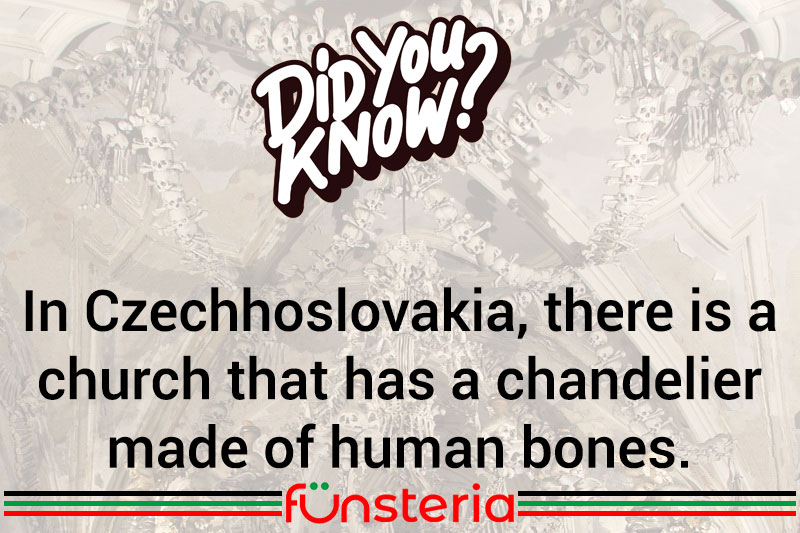
Once upon a time, around the mid 1200s in what was then Bohemia, a Cisterian monk brought back some earth from Jerusalem and sprinkled it on the monastery cemetery lot. Local people thought this made it an especially holy spot and they all wanted to be buried there.
While the graveyard would have had to expand over the years anyway, its “population” boomed in 1318, with some 30,000 plague victims, and later, casualties of the Hussite wars. Because of this, a chapel was erected in the late 1400s, with an ossuary underneath, for the storage of bones from graves that had been unearthed to make room for more “residents”.
While the graveyard would have had to expand over the years anyway, its “population” boomed in 1318, with some 30,000 plague victims, and later, casualties of the Hussite wars. Because of this, a chapel was erected in the late 1400s, with an ossuary underneath, for the storage of bones from graves that had been unearthed to make room for more “residents”.
Wood carver Frantisek Rint was hired to use the bones of approximately 40,000 people, to decorate the Chapel. The results are one of the most bizarre, and beautiful sights in all of Europe.
Among the most amazing creations of Rint, is the massive chandelier, which contains at least one, of every bone in the human body. His largest creations are the bells that decorate each of the four corners of the Chapel. Other wonders include a local family’s coat of arms, two monstrances, and a sign where he placed his name, made entirely of bones.



